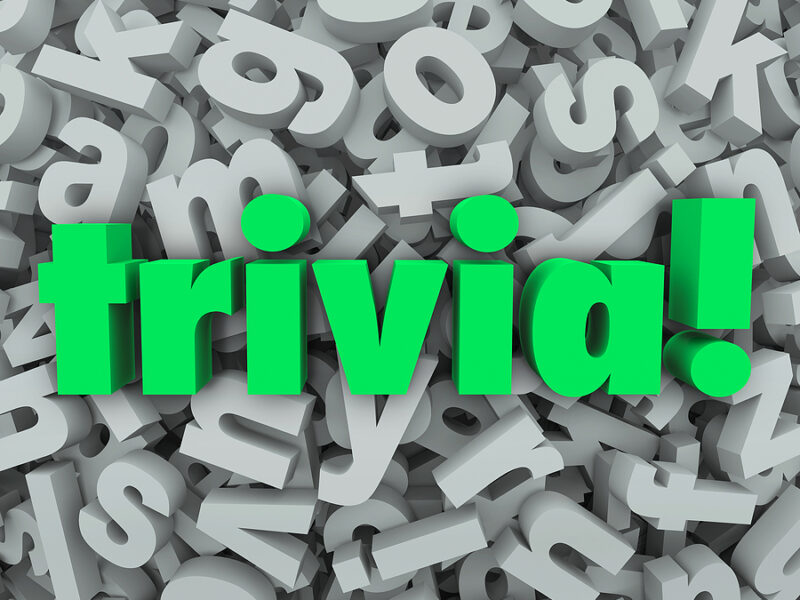I love books (good thing, since I’m a writer and literary agent). I love reading them, of course; but I also love holding them, buying them, touching, holding, smelling, studying, even just seeing them on the shelf.
So let’s have some fun with book terms. I find them fascinating. Maybe you will too. Here’s an even dozen:
ARC
An ARC, or Advanced Reader Copy, is a prepublication copy of a new book that a publisher and/or author gives to reviewers, potential endorsers, and others for feedback and support.
Callout (also “pull quote”)
Often used in magazines—but sometimes in books—a callout is a short quote or passage from a book’s text that is copied, pulled out, and set apart on a page for emphasis.
Dummy (also “mockup”)
Sometimes, especially when art is a key part of a book, an author or designer creates a book that shows the relationship between the book’s words and the design.
Ex Libris
This is a Latin phrase (often used on bookplates) to identify the book’s owner. It means, literally, “from the books” or “from the library.”
Flyleaf
The blank page (“leaf”) or pages at the beginning or end of a book’s printed pages.
Folio
When a printer takes a single sheet of paper and folds it to form two leaves (four pages), that’s a “folio” (which also refers to the resulting book). It’s also the term that refers to the size of a book.
Frontispiece
An illustration or plate inserted immediately in front of the title page, with the illustration facing the title page, often abbreviated as “frontis.”
Gutter
The inside margins of the pages in a bound book are called the gutter.
Leading
Back in the day (before computers), typesetters would place a strip of lead between lines of print to keep the distance between the lines consistent. Thus, “leading” refers to that space between lines (pronounced as “ledding” not “leeding”).
Recto
The righthand page in a book is the “recto” or “front” side of the page.
Quarto
Picture a large sheet of paper, printed so that it can be folded, then folded again, so that when the folds are slit, it forms eight pages to be bound in a book. That’s a “quarto.” It also refers to the book that is formed that way.
Verso
The reverse side of a “recto” is a “verso.” Get it? It’s the lefthand page in a book in which both sides of a leaf are printed.
You probably already knew those, didn’t you? Well, you get a gold sticker. But you probably have a few of your favorite terms related to books and publishing, don’t you? Do tell, in the comments.



 Music to Write By
Music to Write By

I used to run a printing press,
a great big Heidelberg,
and to you I must confess
that it lent a style and verve
to my profane vocabulary
as it searched for methods new
to mix ink with bone and capillary
in colourful Printer’s Stew.
It lured my fingers into places
where fingers must not ever go,
and ‘fore co-workers’ laughing faces
I used words that I did not know
to describe the genealogy
of that b******dized machinery.
Would you please define “blurb”?
blurb /blûrb/
noun
A brief publicity notice, as on a book jacket.
A short description of a book, film, musical work, or other product written and used for promotional purposes.
A promotional statement (as found on the dust jackets of books).
There were a handful there I’d not heard before. That was a fun post.
A new entry?
Colophon: The publisher’s emblem or trademark stamped on the spine (or sometime Title Page) page of a book.
I didn’t know most of these! Thank you for sharing. I’ve wondered what to call that first blank page—I didn’t know it had a name!
I didn’t know most of these, too. This was fun!
How about “galleys” … what authors look at before the book goes to print to make sure there aren’t anything that needs changing. I didn’t know to ask to see the galleys when my first picture books were published (Concordia) and when I got the box of books and looked at the second book (they published 2 at a time), there was a whole section of text missing!
I called my editor right away, but there was nothing that could be done. These were the days of big print runs, so the 5,000 of that book went out to stores and customers with a piece of the story missing. So the words and illustrations didn’t fit. Which is a big old pet peeve of mine.
Even though it wasn’t my fault, I was still embarrassed.